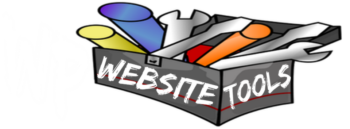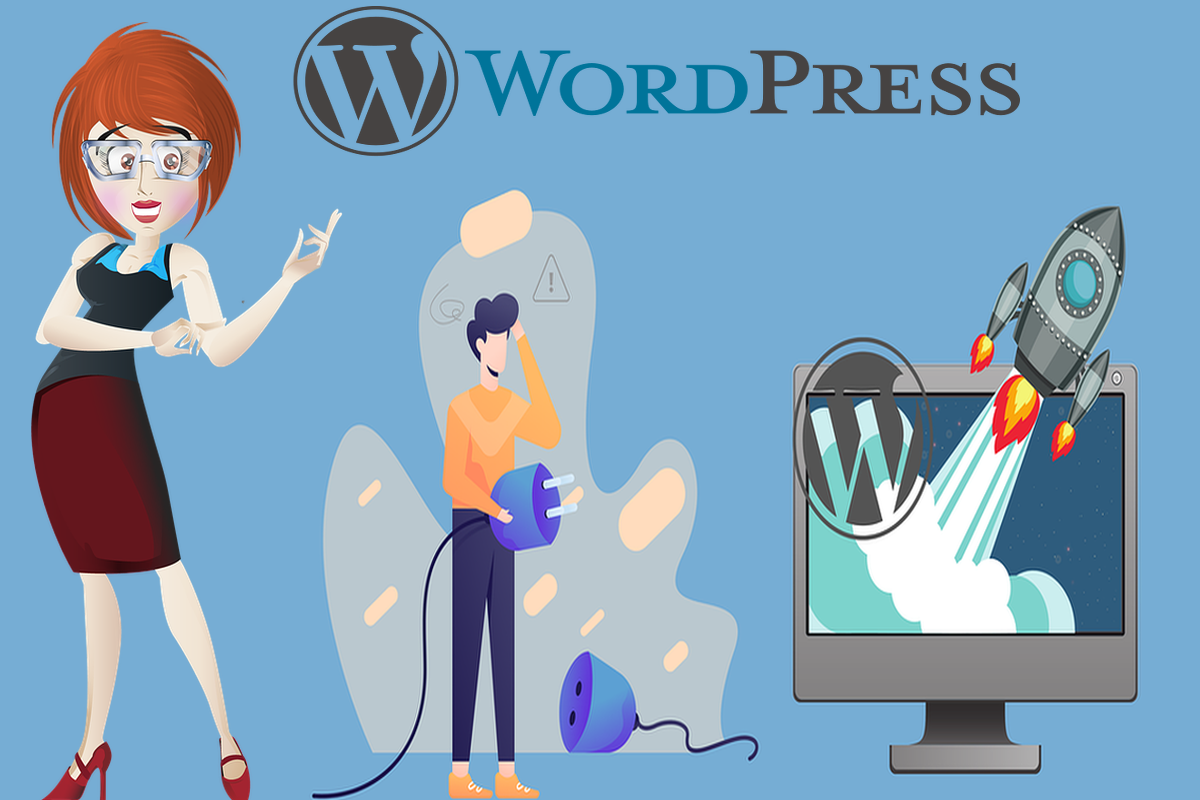Disclosure: This post contains affiliate links. I may receive compensation when you click on links to products in this post. For an explanation of my Advertising Policy, visit this page. Thanks for reading!
“How easy is WordPress to use?”
As someone who has been working with WordPress for a while, I’ve often wondered if people really understand how easy WordPress is to use.
Despite being the most flexible and powerful platform, WordPress is not only a powerful and flexible platform it’s also quite easy for even absolute beginners to use.
From the simple dashboard, listing all the different menu options in its sidebar. To the ease of which you can create posts and pages.
WordPress makes it so easy for those with no coding knowledge or experience in setting up a website to customize their desired website design, add custom headers and footers, eve simple navigation menus, and so much more.
WordPress is as easy to use as a new cell phone or laptop, right out of the box. Learning how to use it well is as simply as taking a car out for a test drive and getting a sense of how it all works.
Anyone even with very basic computer skills can use WordPress to build and manage their websites online.
WordPress doesn’t require an advanced computer degree. In fact, it was created originally for the non-technical, individual blogger as a way for them to be able to express themselves online without the need to hire a developer.
In this post, we will not only just list the most common questions about just how easy WordPress is to use, but the answers as well.
Here are some common questions I read over and over again when people ask, “Just how easy is WordPress to use?”
“What do you think of when you hear the word, “WordPress”?”
WordPress is the first CMS that came to mind when I decided to build my very first website, with no coding knowledge. In fact, I really didn’t even know what WordPress was.
But I had heard the name while I was gathering up what I’d need to set up my first legit website on the web.
I don’t know about you, but to this day I have yet to see a commercial about WordPress, unlike its closed source competitors like Wix, Shopify and Squarespace. I wonder why?
“What do I need to get started with WordPress?”
When you decide to create your very first WordPress powered website, you will need to obtain some basic necessities.
Since we are building a website with the intention of having it on the internet, we will also need to purchase a custom domain name.
Don’t worry, they only run about $10-$15 and can be renewed every year. You can even purchase multiple years in advance.
After that it really depends on what kind of site you want to develop. Some people just use blogging websites with no extra frills while others prefer creating full blown e-commerce stores.
The main difference between the two is that blogs are easier to maintain and don’t require as much time investment, but they also have a lot of limitations. Mostly when it comes down to what you can do with them.
If you want your site to be live on the internet, then you will need hosting for your website to display your content (if you don’t know what this means, click here about hosting).
I personally prefer WordPress as a platform for blogging because of its simplicity and wide range of functions it provides out of the box.
After you have a working internet connection and a Web Host’s server to put your website on, you will need to install WordPress on your Web Hosts servers. Most Hosting Providers offer the “one-click” WordPress install.
Once you have installed WordPress and are sent the details of your Login information, etc. by email.
Then simply log into your WordPress site’s dashboard, go to themes and pick yourself a free theme to get started. You can always change themes later or even upgrade to a premium theme like GeneratePress (highly recommended!).
Choose a few basic plugins in the “plugin section” based on either some recommendations or on what kind of extra functionality you want to add to your website.
That’s it! You’re done!
“Your site is now installed and running, how do you go about adding content to it?”
Well, by now you should know that each website is made up of web pages. These web pages are made up of content – text and images (and maybe audio and video).
So the first step in adding content to your site will be… drum roll please… writing the actual text.
You can do so locally on your computer, on Google Docs or any other 3rd party word processing platform, copy and paste it into your WordPress editor. Or you can simply write it into your WordPress editor directly. Then hit “Publish”! It’s that simple!
“How would you add an image to your page/post in WordPress?”
There are many ways to add images into your page or post in WordPress. Let’s try some of them!
Inserting an Image from your Media Library.
1. Click on the ‘Add Media’ button in the editor window.
2. Click on Add an image icon in the popup window.
3. This will open a popup window.
4. You can fill in the Title of the image, choose ‘Attachment URL’ from the Link dropdown and hit Insert into the post button.
This will add an image to your page or post with a link under the Attachments section.
Inserting an Image from your Computer.
1. Click on the ‘Add Media’ button in the editor window.
2. Now you can drag your image to the gray area of the popup window.
3. This will open a popup window with Title of the image, ‘Upload Files’ text and Attachment URL section for you to edit if necessary. You don’t have to fill anything in the ‘Upload Files’ text box.
4. Click on Insert into the post button. This will add an image to your page or post with a link under the Attachments section.
This will also by default add the image to your Media Library as well.
“Great! There’s content on your site! How easy is it for people to find your website in Google?”
It’s pretty simple. All you need to do is find out the keywords that people are using, and make sure your web content includes those words or phrases. Just make sure it looks natural, not like you’re trying too hard.
You should also make sure your website has a “Site Map” which is usually embedded in the Header section of your website.
Better still just get the Google Site Kit plugin. You’ll not only get the “Site Pap” included, but you’ll also be able to sync your WordPress website with Google Analytics and Search Console all at the same time. And they’re all free!
For example, if somebody searched Google for “women’s shoes”, would your page really stand a chance of showing up in the SERPS?
Well, it’s not impossible, but I wouldn’t bet on it. To have any real chance of being discovered, you need to come up with specific terms that are likely to be used by your target audience.
That might sound difficult, but chances are somebody else has already done that for you. Check out this article on how to find the right keywords for your website.
The goal with SEO is to work out what people are actually searching for, and then you need to provide it. If you can do that, you’re going to be in a great position!
“How would you find out how many people have visited your site?”
By adding your site to Google Analytics. Simply open up a Google Account, if you don’t have one already, go to Google Analytics and add your website by following the instructions.
While you’re at it, add your Website to Google Search Console as well for even more in depth data about the visitors and other vital statistics for your website.
How easy is WordPress to use? Now it’s your turn.
WordPress is an intuitive and easy-to-use platform that’s perfect for people of all skill levels.
WordPress is a powerful content management system (CMS) that has been around since 2003 and currently powers over 40% of all websites on the web today. This makes it one of the most accessible CMSes on the market today.
It’s free to use, so it can be tempting for people who are starting out with web design or blogging to turn to the popular platform.
You can create your website in just a few clicks, without any coding knowledge or expensive designers needed! It has everything you need to set up the site with ease, including:
- Elegant templates.
- Plugins.
- Widgets.
- Themes.
- eCommerce features like WooCommerce and more.
We hope this blog post has convinced you that it’s time to give WordPress a try. See for yourself just how easy it is to use, today!


